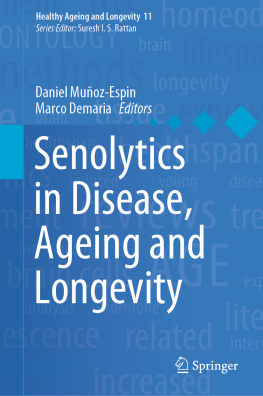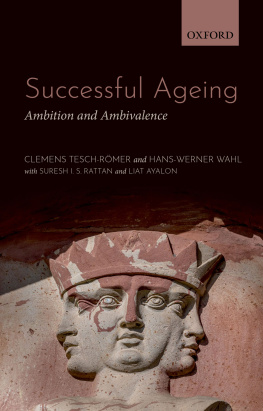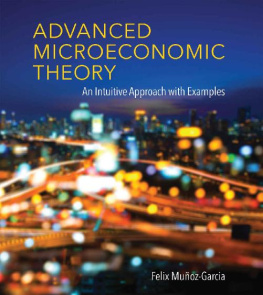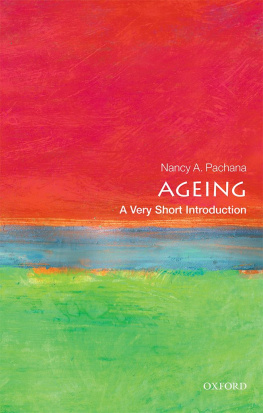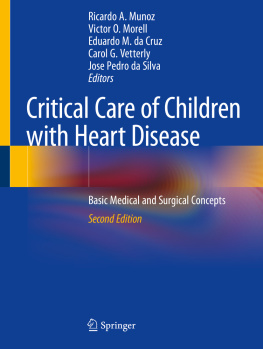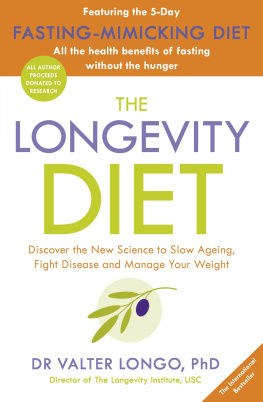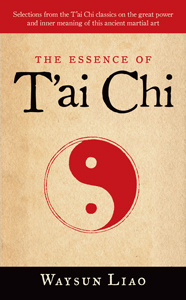Daniel Muñoz-Espin - Senolytics in Disease, Ageing and Longevity
Here you can read online Daniel Muñoz-Espin - Senolytics in Disease, Ageing and Longevity full text of the book (entire story) in english for free. Download pdf and epub, get meaning, cover and reviews about this ebook. year: 2020, publisher: Springer International Publishing, genre: Romance novel. Description of the work, (preface) as well as reviews are available. Best literature library LitArk.com created for fans of good reading and offers a wide selection of genres:
Romance novel
Science fiction
Adventure
Detective
Science
History
Home and family
Prose
Art
Politics
Computer
Non-fiction
Religion
Business
Children
Humor
Choose a favorite category and find really read worthwhile books. Enjoy immersion in the world of imagination, feel the emotions of the characters or learn something new for yourself, make an fascinating discovery.
- Book:Senolytics in Disease, Ageing and Longevity
- Author:
- Publisher:Springer International Publishing
- Genre:
- Year:2020
- Rating:3 / 5
- Favourites:Add to favourites
- Your mark:
- 60
- 1
- 2
- 3
- 4
- 5
Senolytics in Disease, Ageing and Longevity: summary, description and annotation
We offer to read an annotation, description, summary or preface (depends on what the author of the book "Senolytics in Disease, Ageing and Longevity" wrote himself). If you haven't found the necessary information about the book — write in the comments, we will try to find it.
Senolytics in Disease, Ageing and Longevity — read online for free the complete book (whole text) full work
Below is the text of the book, divided by pages. System saving the place of the last page read, allows you to conveniently read the book "Senolytics in Disease, Ageing and Longevity" online for free, without having to search again every time where you left off. Put a bookmark, and you can go to the page where you finished reading at any time.
Font size:
Interval:
Bookmark:
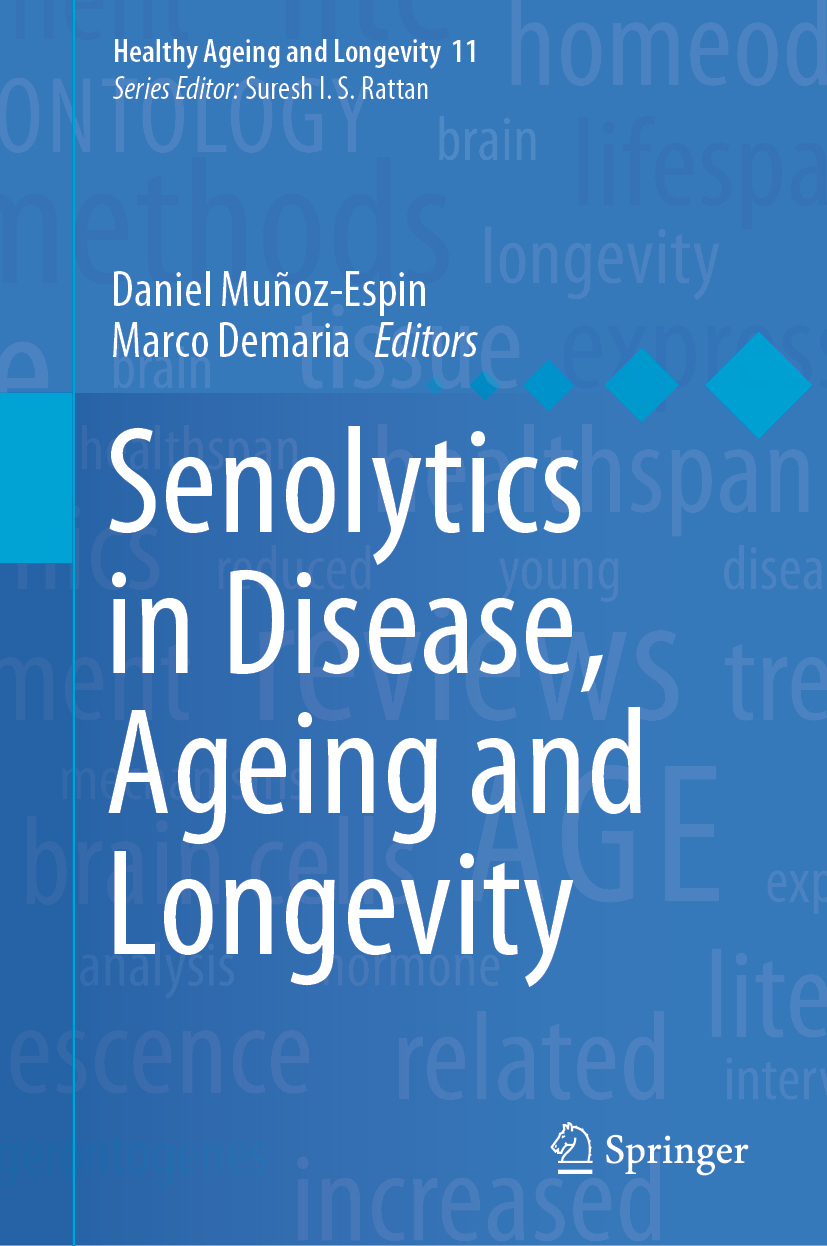
Rapidly changing demographics worldwide towards increased proportion of the elderly in the population and increased life-expectancy have brought the issues, such as why we grow old, how we grow old, how long can we live, how to maintain health, how to prevent and treat diseases in old age, what are the future perspectives for healthy ageing and longevity and so on, in the centre stage of scientific, social, political, and economic arena. Although the descriptive aspects of ageing are now well established at the level of species, populations, individuals, and within an individual at the tissue, cell and molecular levels, the implications of such detailed understanding with respect to the aim of achieving healthy ageing and longevity are ever-changing and challenging issues. This continuing success of gerontology, and especially of biogerontology, is attracting the attention of both the well established academicians and the younger generation of students and researchers in biology, medicine, bioinformatics, bioeconomy, sports science, and nutritional sciences, along with sociologists, psychologists, politicians, public health experts, and health-care industry including cosmeceutical-, food-, and lifestyle-industry. Books in this series will cover the topics related to the issues of healthy ageing and longevity. This series will provide not only the exhaustive reviews of the established body of knowledge, but also will give a critical evaluation of the ongoing research and development with respect to theoretical and evidence-based practical and ethical aspects of interventions towards maintaining, recovering and enhancing health and longevity.
More information about this series at http://www.springer.com/series/13277

This Springer imprint is published by the registered company Springer Nature Switzerland AG
The registered company address is: Gewerbestrasse 11, 6330 Cham, Switzerland
The population continues to age at an increasing rate in virtually every country worldwide. According to data from the 2019 Revision of World Population Prospects (United Nations), by 2050 one in six people will be over age 65, with peaks of one in four people in Europe and Northern America. Remarkably, the number of individuals aged 80 years or over is projected to triple, from 143 million in 2019 to 426 million in 2050. This situation is expected to increase dramatically the incidence of multiple age-related pathologies, and to have an enormous impact on public health.
Cellular senescence, a response to damage and stress characterized by a stable cell cycle arrest and a complex secretory phenotype (SASP), was conceived, from the initial experiments of Leonard Hayflick and Paul Moorhead (1961), as an underlying cause of ageing. However, until recently, a formalin vivodemonstration of cellular senescence as a hallmark of ageing has remained elusive. Only in the last 10 years, the development of genetically-engineered mouse models allowed to conclude that the selective elimination of senescent cells attenuates a number of age-related dysfunctions and promotes healthspan and lifespan. This notion boosted the development of senotherapiestherapies aimed at interfering with senescent cells. Among those, the most investigated senotherapies are based on compounds that can either selectively kill senescent cells, also called senolytics, or inhibit the SASP, also called senostatic or senomorphics. Preclinical validation of various senolytics confirmed that the eradication of senescent cells delays, and in some cases reverts, a number of age-related disorders. These pathologies include, among others, cardiovascular diseases, neurological disorders, type 2 diabetes, inflammatory diseases, fibrosis, geriatric syndromes, musculoskeletal impairments, and cancer.
Cellular senescence is a very heterogeneous process that depends on a number of variables including the trigger or type of stress, the particular cell type and the tissue of origin. For this reason, a universal marker able to identify senescent cells unequivocally and to serve as a target for interventions seems to be lacking. As a consequence, one main strategy to identify drugs with senolytic activity has been the use of large-scale screening methods based on siRNA and small compounds libraries in the context of cytotoxicity readouts. This is the case of the combination of the tyrosine kinase inhibitor, dasatinib and the flavonoid, quercetin, which promotes senolysis in particular cell types. Also, as senescent cells upregulate pro-survival pathways to become resistant to cell death inducers, it has been shown that inhibitors of the Bcl-2 family of antiapoptotic proteins (e.g. ABT-263 and ABT-737) are potent and more specific senolytics. Similarly, other strategies include the use of molecules interfering with the interaction between p53 and FOXO4 (FOXO4-DRI peptides) or between p53 and MDM2 (UBX0101), facilitating p53-mediated apoptosis. The identification of vulnerabilities in senescent cells has been occasionally based on some markers and features of senescent cells, such as increased lysosomal senescence-associated -galactosidase (SA-gal) activity, and this includes chaperone HSP90 inhibitors (e.g. 17-AAG and 17-DMAG) and drug delivery systems (e.g. nanocarriers coated with galacto-oligosaccharides, GalNPs). Finally, screening of compound libraries has allowed the identification of natural compounds with senolytic activity, including the flavonoid, fisetin, piperlongumine and more recently, cardiac glycosides.
Font size:
Interval:
Bookmark:
Similar books «Senolytics in Disease, Ageing and Longevity»
Look at similar books to Senolytics in Disease, Ageing and Longevity. We have selected literature similar in name and meaning in the hope of providing readers with more options to find new, interesting, not yet read works.
Discussion, reviews of the book Senolytics in Disease, Ageing and Longevity and just readers' own opinions. Leave your comments, write what you think about the work, its meaning or the main characters. Specify what exactly you liked and what you didn't like, and why you think so.

